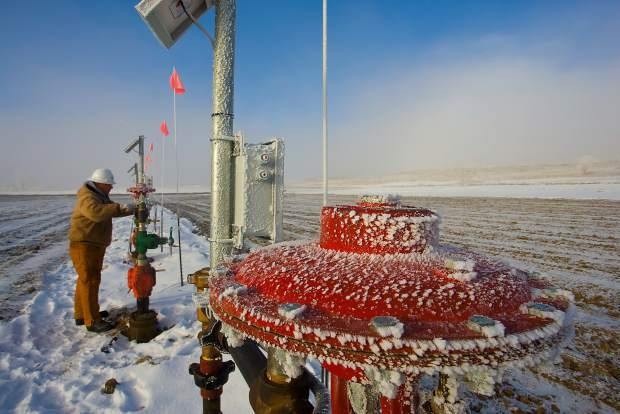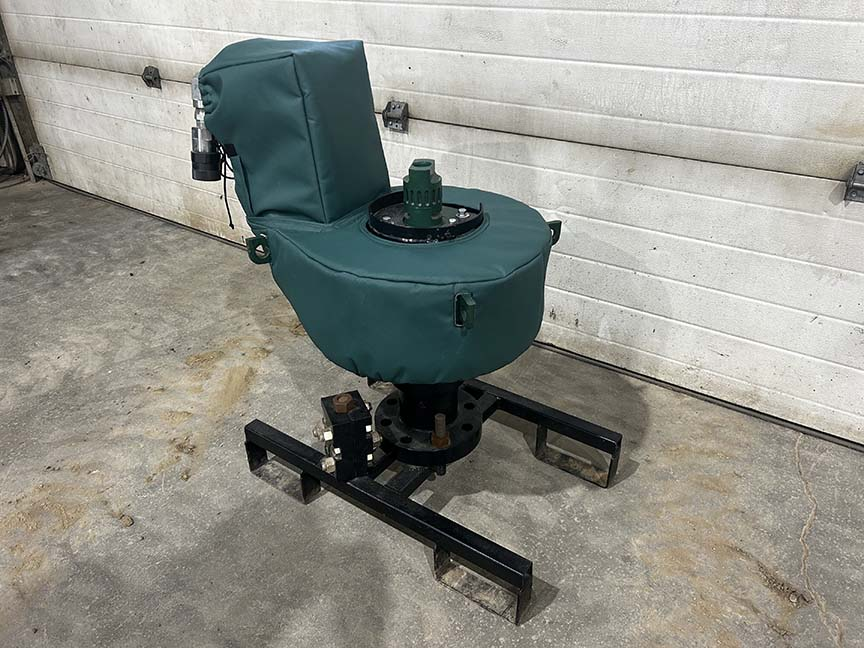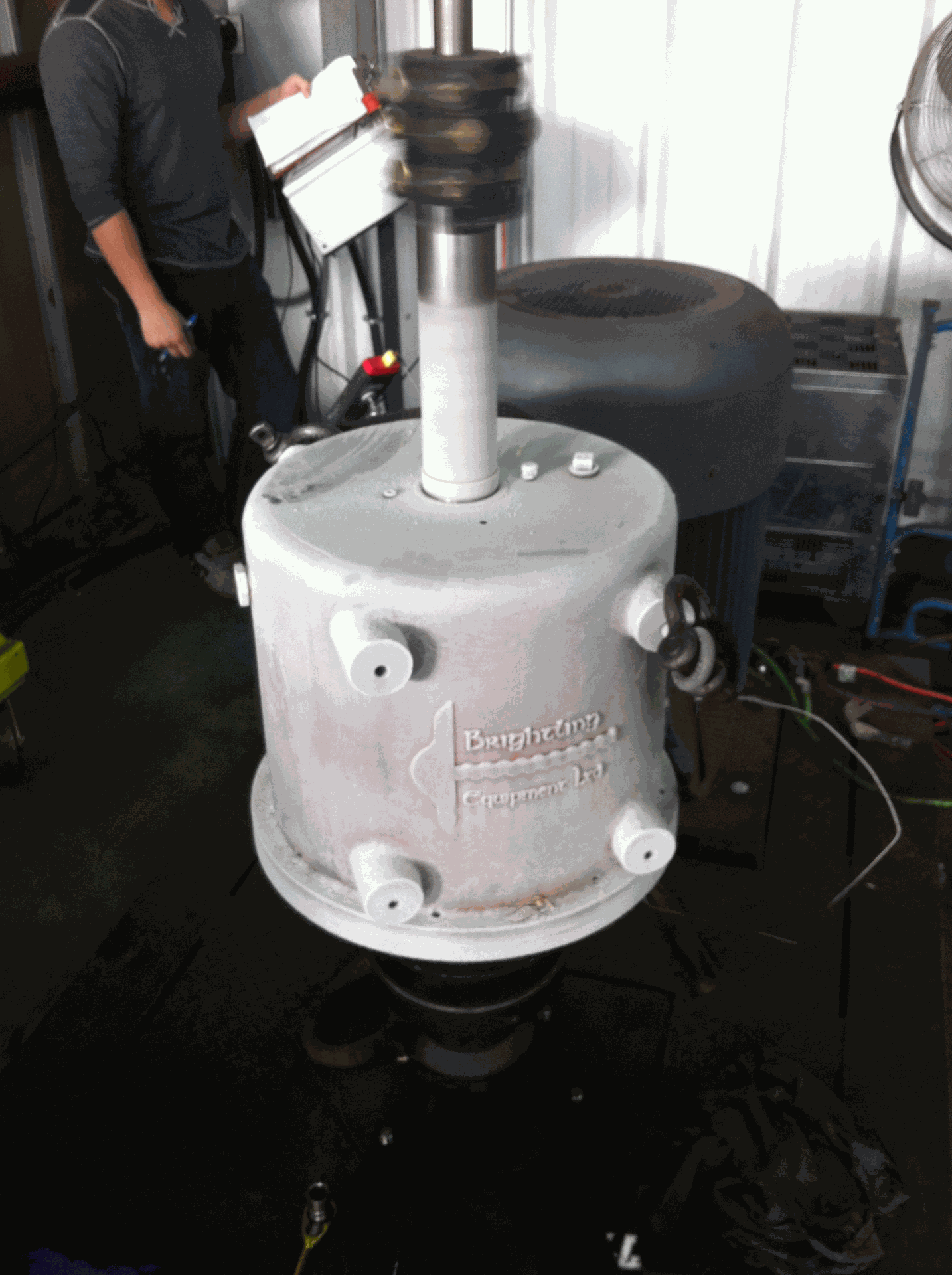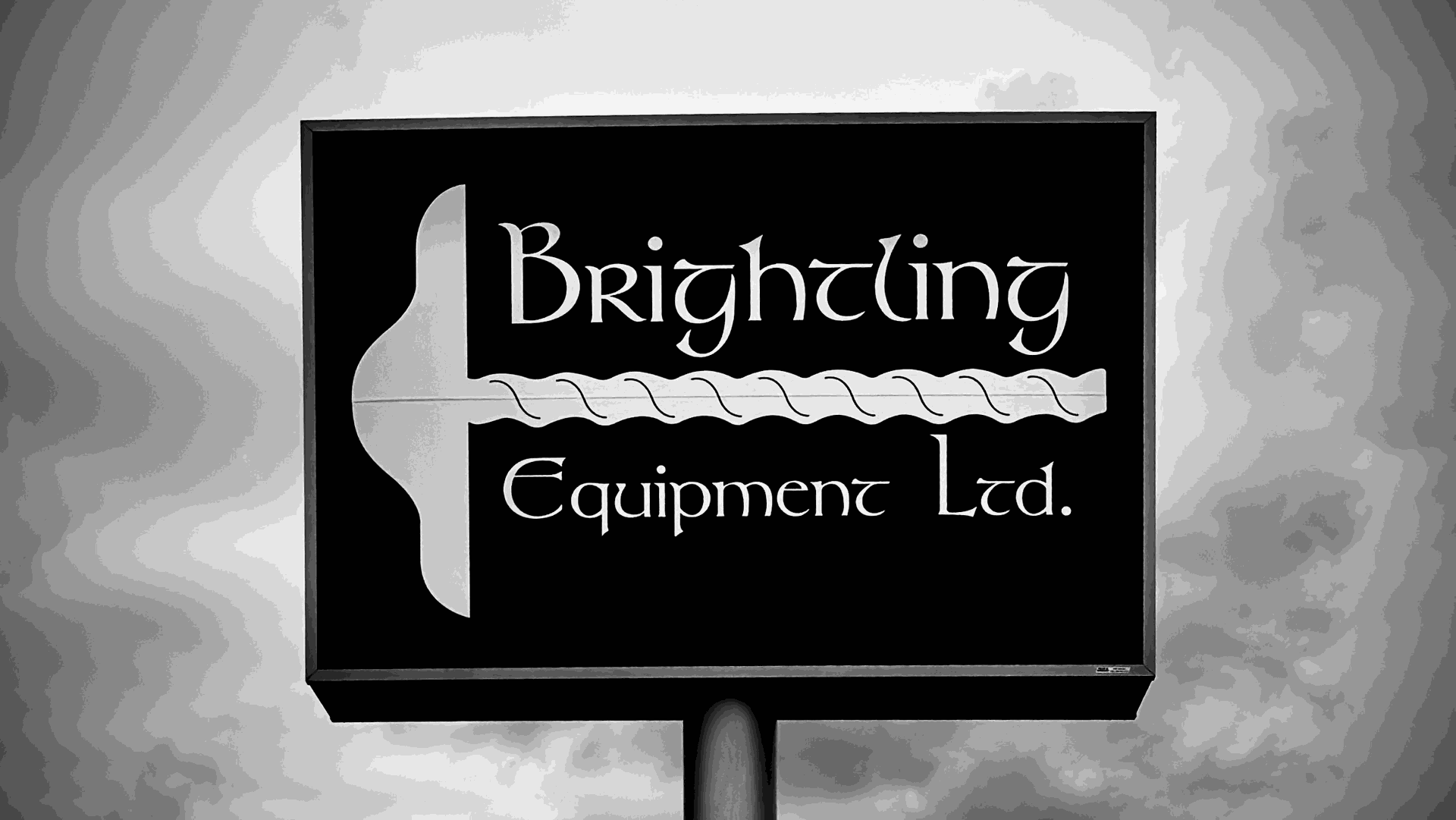Don't Let Cold Weather Harm Your Equipment: Understanding the Detrimental Effects of Cold Weather on Lubrication in Driveheads
Winter is here, and with it comes the bitter cold temperatures that can wreak havoc on mechanical parts in your equipment. For oilfield operators, equipment mechanics, and managers alike, ensuring that machinery remains operational during frigid temperatures is crucial in avoiding downtime and costly repairs. One important aspect to focus on during the winter season is the lubrication of driveheads, as cold weather can have detrimental effects on their longevity. In this blog post, we'll delve into the details of the detrimental effects of cold weather on lubrication in driveheads and provide tips for how to mitigate any potential damage.

Driveheads are responsible for transferring energy from the prime mover to the working component of a piece of equipment. When subjected to cold weather, they can experience a range of negative effects, including increased friction and decreased efficiency. This is a result of the viscosity of the lubricant used in the drivehead becoming less effective in colder temperatures. As a result, the oil can become thick and sluggishly move through the machine's parts, causing stress and reducing the overall lifespan of the drivehead.
Strategies for Protecting Driveheads from Cold-Weather Damage
There are a few ways to mitigate these detrimental effects, the first of which is to choose the right lubricant. Synthetic oils typically perform better in colder temperatures than conventional lubricants, because they are designed to remain more stable across a broader range of temperatures. In some cases, it may be necessary to use an oil with a lower viscosity in colder climates, as this can help with flow and reduce damage to the drivehead components.
Further, it is essential to regularly monitor and maintain the drivehead and lubricant levels to prevent drying out and freezing. Changes in temperature and air moisture can decrease the lubricant's effectiveness and may even cause it to congeal. When maintaining the drivehead and its associated lubrication system, mechanics should ensure that they are utilizing the correct viscosity levels and are using compatible lubricants - if a mix of lubricants is used, the result can cause further damage to the drivehead rather than preventing it.
Another approach is to add a blanket or "jacket" to the drivehead to keep it warmer, this reduces the drivehead's exposure to the cold, lessening the potential for damage. As a result, the drivehead can maintain a more constant operating temperature, resulting in less pressure and overall stress on vital components.

Brake Function of Electric Driveheads in Cold Weather
The brake system in electric driveheads is another crucial component that requires special attention during cold weather conditions. The braking mechanism, which is essential for maintaining control and safety when production is shutdown, can become compromised or unpredictable in freezing temperatures. Understanding how cold weather influences the brake function, along with taking preventive measures, can significantly optimize the performance and durability of your driveheads in winter conditions.
Consult Your Drivehead OEM for Cold Weather Performance Information
Your drivehead Original Equipment Manufacturer (OEM) is a valuable resource when preparing your machinery for cold weather conditions. A responsible OEM should have performed thorough cold weather testing on their driveheads, including their braking mechanisms, and can provide you with detailed insights into their performance in such climates. This information can prove vital in understanding how your brake will function under freezing temperatures and can guide your preventative maintenance strategies, ensuring optimal performance and longevity of your driveheads during winter conditions. Remember, insights from your OEM can be critical in avoiding unexpected breakdowns and costly downtime.
Brightling Equipment is not just a trusted name in the industry; they have taken the initiative and demonstrated their commitment to their customers by conducting extensive testing on their driveheads, especially keeping cold weather conditions at the core of their evaluation. With dedicated teams working meticulously, they have simulated some of the most challenging cold weather conditions to assess the performance, durability, and reliability of their driveheads. This rigorous testing regimen ensures that Brightling Equipment's driveheads are equipped to function optimally even in the toughest winter conditions, providing peace of mind to operators and mechanics alike.

Effects of Cold Weather on Stuffing Boxes
While we're on the topic of machinery maintenance during cold weather, it's important to note that lubrication also plays a crucial role in the life of a stuffing box. The stuffing box, another vital component in driveheads, houses the seals that prevent fluid from leaking along the polished rod. Depending on the style of the stuffing box used, the type of lubricant and its viscosity are key factors to consider.
Conventional stuffing boxes, for example, require lubrication to ensure that the seal does not wear out prematurely due to friction. However, if a lubricant with the wrong viscosity is used, especially in cold weather, it could thicken, leading to inadequate lubrication and increased shaft wear.
On the other hand, if rotary stuffing boxes are used, then the lubrication may be contained (maintenance free) or it may be oil, grease or a combination of the two. The correct lubrication could be vital to the life of the seal, not only as a barrier between the rotating shaft and the seal of the stuffing box, but to help flush abrasives from the wear points as well.
Therefore, understanding the type of stuffing box used in your machinery and the appropriate lubrication requirements is essential in ensuring the longevity of your equipment, especially during the cold weather season. Be sure to contact your Brightling rep to determine the lubrication required and the recommended maintenance schedules of any stuffing box.
The Benefits of Preventative Maintenance in Warm Weather to Prepare for Cold Weather
Proactive maintenance during warmer months can be a game changer when it comes to priming your machinery for cold weather. This strategic approach allows for the timely identification and resolution of potential issues that could be exacerbated by freezing temperatures, thus preventing unforeseen breakdowns and ensuring uninterrupted operation.
Warm weather provides an ideal environment for comprehensive machinery inspection, enabling easy detection of wear and tear, and potential malfunctions. This could range from checking the condition of seals in the stuffing box to the operation of the braking system in electric driveheads. Also, warmer temperatures can assist in ensuring the correct application of lubricants, as they maintain optimal viscosity in these conditions.
Finally, preventative maintenance in warm weather allows ample time to liaise with your OEM, gathering critical insights and recommendations, and implementing them well in advance of the cold season. This ensures that, when temperatures do drop, your equipment is already optimized for cold weather operation, thereby minimizing downtime and maximizing productivity.
In essence, preventative maintenance in warm weather is an investment in your machinery's performance and longevity during the harsh winter months. It's a proactive approach that pays dividends in the form of continuous operation, reduced repair costs, and optimal machinery lifespan.
Reach Out to Your Brightling Representative for Summer Preventative Maintenance Programs
For a more comprehensive understanding of preventative maintenance during warm weather, consider reaching out to your Brightling representative. They can provide detailed information on our summer preventative maintenance programs tailored specifically to meet your machinery needs. These programs are designed to ensure your equipment is primed and ready for the winter months, mitigating the risk of unexpected breakdowns and costly repairs during freezing conditions. Take a proactive approach this summer with Brightling Equipment, and secure the optimal performance and longevity of your machinery.

Conclusion
In conclusion, cold weather has an adverse effect on the lubrication of driveheads and stuffing boxes in all types of equipment. If not mitigated and monitored correctly, this type of wear-and-tear can lead to costly repairs and reduce production of your equipment. However, as we've discussed, there are a few ways to avoid this detrimental effect, including choosing the right lubricant, periodically monitoring/draining lubricant systems, and adding insulation. By following these tips, oilfield operators can help ensure that their driveheads operate optimally year-round, even in the harshest winter climates.
